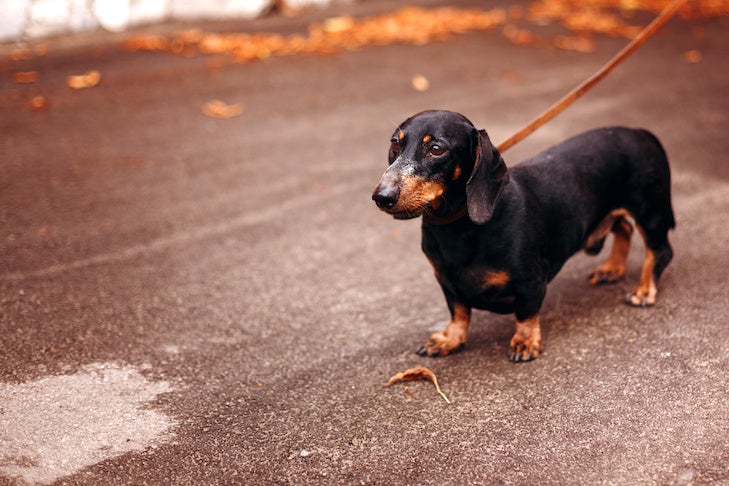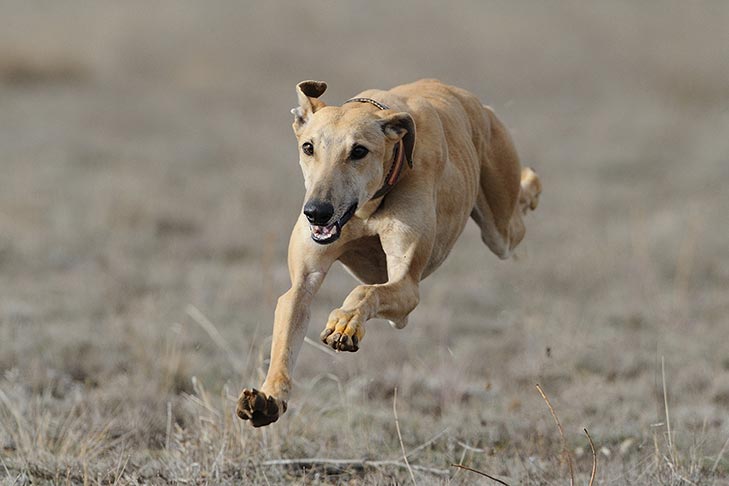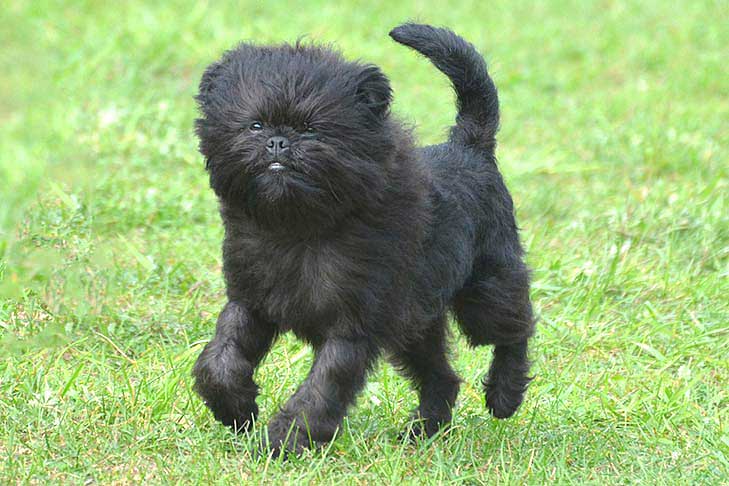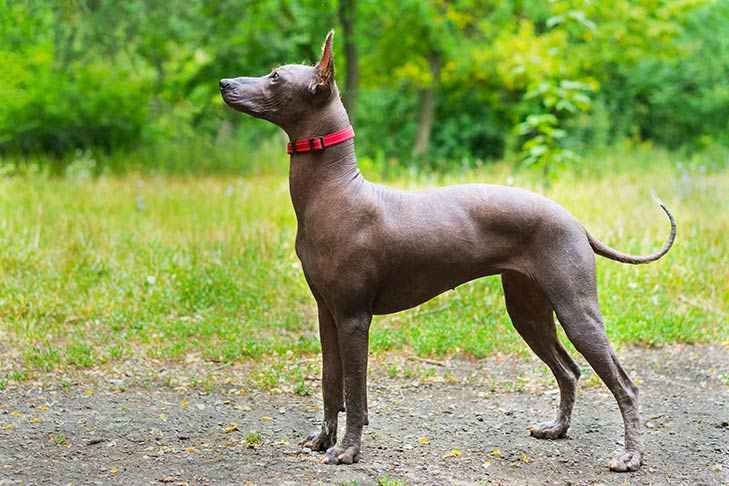- dog shows
- hound group
- herding group
- working group
- sporting group
- non-sporting group
- toy group
- terrier group
- conformation
- dog breeds
Dog shows aren’t beauty contests. In fact, at a dog show, each animal is measured on how closely they conform to their breed standard. This is called conformation. At shows, these breeds of dogs are exhibited in seven different groups. The dog judged to be the best in each group becomes one of the final seven dogs to vie for the coveted Best in Show title. Each group is organized by the original work that its breeds were developed to do.
Sporting Group
- Spinone Italiano
- Nova Scotia Duck Tolling Retriever
Breeds in the Sporting Group were bred to assist hunters in the capture and retrieval of feathered game. Retrievers, built for swimming, specialize in waterfowl, while the hunting grounds of setters, spaniels, and pointing breeds are grasslands where quail, pheasant, and other game birds nest. Many Sporting Group breeds possess thick, water-repellant coats resistant to harsh hunting conditions.
Breeds You May Know:
Breeds You May Not Know:
Hound Group
- Grand Basset Griffon Vendéen
- Greyhound
All breeds in the Hound Group were bred to pursue warm-blooded quarry. The sleek, long-legged sighthounds use explosive speed and wide vision to chase swift prey, like jackrabbits and antelope, while tough, durable scenthounds rely on their powerful noses to trail anything from raccoons to escaped convicts. Members of the Hound Group possess strong prey drives and often will stop at nothing to catch their quarries.
Breeds You May Know:
Breeds You May Not Know:
Working Group
- Chinook
- Boxer
Breeds in the Working Group are dogkind’s punch-the-clock, blue-collar workers, and the group includes some of the world’s most ancient breeds. They were developed to assist humans in some capacity—including pulling sleds and carts, guarding flocks and homes, and protecting their families—and many of these breeds are still used as working dogs today. Breeds in the Working Group tend to be known for imposing stature, strength, and intelligence.
Breeds You May Know:
Breeds You May Not Know:
Terrier Group
- Bull Terrier
- West Highland White Terrier
The feisty, short-legged breeds in the Terrier Group were first bred to go underground in pursuit of rodents and other vermin. Long-legged terrier breeds dig out varmints rather than burrowing in after them, while the group’s “bully” breeds, created long ago for ghastly pursuits like bull-baiting, are popular companion dogs today. Breeds in the Terrier Group are excellent competitors in the sport of Earthdog.
Breeds You May Know:
Breeds You May Not Know:
Toy Group
- Affenpinscher
- Japanese Chin
The diminutive breeds of the Toy Group come in enough coat types and colors to satisfy nearly any preference, but all are small enough to fit comfortably in the lap of their adored owners. In a way, toy dogs are their own version of working dogs—they work hard at being attentive, affectionate companions. Breeds in the Toy Group are popular with city dwellers, as their small size makes them a good fit for smaller yards or apartments.
Breeds You May Know:
Breeds You May Not Know:
Non-Sporting Group
- Xoloitzcuintli
- Coton De Tulear
The breeds of the Non-Sporting Group have two things in common: wet noses and four legs. After that, there’s not much shared by this patchwork group of breeds whose job descriptions defy categorization in the six other groups, though they all have fascinating histories. Today, the varied breeds of the Non-Sporting Group are largely sought after as companion animals, as they were all developed to interact with people in some capacity.
Breeds You May Know:
Breeds You May Not Know:
Herding Group
- Icelandic Sheepdog
The Herding Group comprises breeds developed for moving livestock, including sheep, cattle, and even reindeer. Herding dogs work closely with their human shepherds, and their natural intelligence and responsiveness make them highly trainable. Today, some Herding breeds, such as the German Shepherd Dog, are commonly trained for police work. The high levels of energy found in Herding Group breeds means finding them a job is recommended so they don’t begin herding children at home.
Breeds You May Know:
Breeds You May Not Know:






















